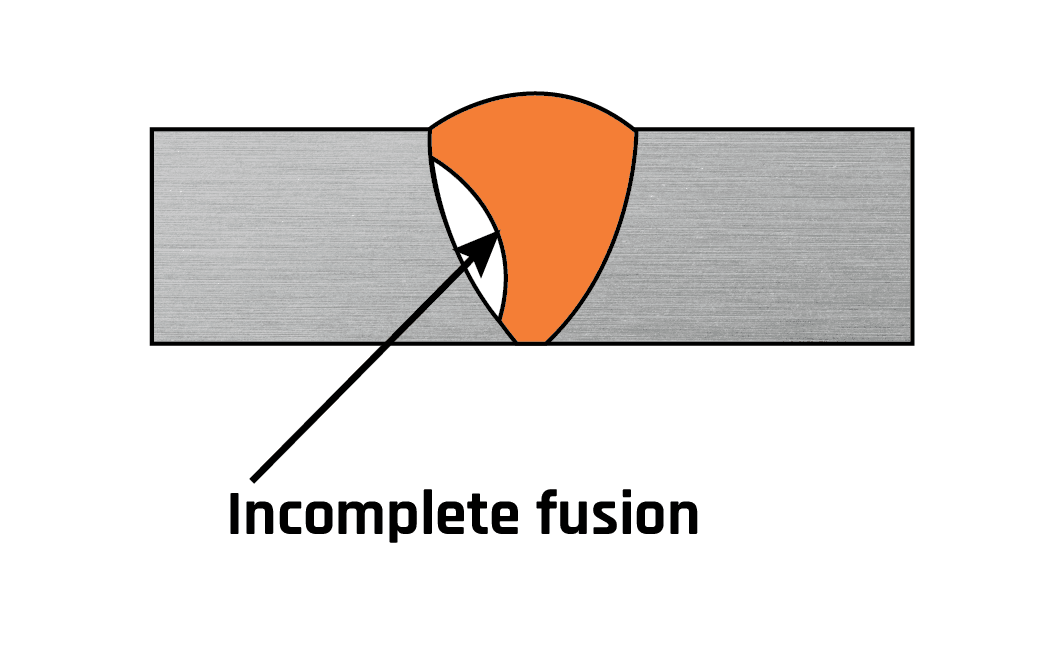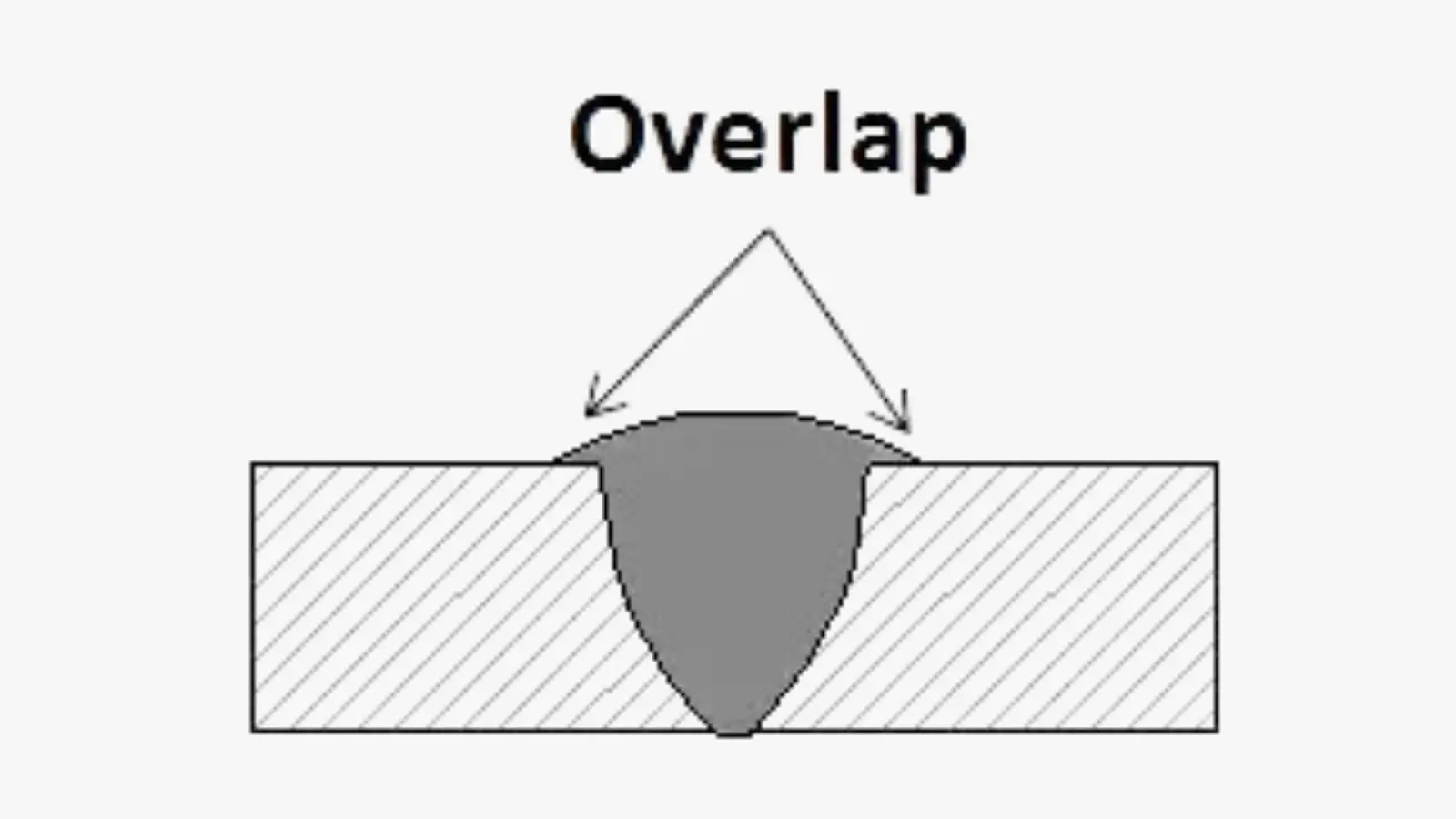Preventing Weld Undercut Demystified: Methods for Success
Preventing Weld Undercut Demystified: Methods for Success
Blog Article
Vital Tips for Welders: Protecting Against Undercut Welding and Ensuring Stronger Weld Joints
In the realm of welding, attaining sturdy and strong weld joints is the cornerstone of producing top notch work. One common obstacle that welders typically run into is undercut welding, which can jeopardize the honesty of the weld joint.

Comprehending Undercut Welding
Undercut welding is a common welding flaw that occurs when the weld steel stops working to properly fill up the groove and results in a groove-like anxiety along the weld grain. This problem damages the weld joint, making it vulnerable to fracturing and failure under anxiety. Damaging can be triggered by numerous factors, including too much welding current, high welding speed, inappropriate electrode angle, incorrect electrode size, and bad welding strategy.
Among the major reasons for undercut welding is a discrepancy in between the welding existing and the welding speed. If the welding current is as well high or the welding speed is also fast, the weld metal might not adequately fill the groove, causing damaging. Furthermore, making use of an electrode that is also large can result in a similar result, as the excess metal can not appropriately move into the groove.
To avoid undercut welding, welders must guarantee they are making use of the proper welding criteria, maintain an ideal electrode angle, choose the appropriate electrode size, and practice proper welding techniques. By attending to these aspects, welders can minimize the risk of undercutting and create stronger, more dependable weld joints.
Proper Welding Technique
Reliable welding technique plays an essential role in ensuring the quality and honesty of weld joints. Correct welding technique includes a combination of adherence, ability, and accuracy to best techniques. One essential aspect of proper welding strategy is keeping the right angle and distance in between the welding weapon and the workpiece. Welders need to additionally pay attention to the travel rate and warm input to avoid issues like damaging, porosity, or incomplete blend.
In addition, a constant and steady hand activity is important for creating solid and durable weld joints. Welders need to aim for smooth, consistent movements to make certain also circulation of the weld material. Proper control of the welding gun and filler product is additionally essential to achieving optimum penetration and combination.
Furthermore, managing the warmth input and selecting the ideal welding parameters based upon the product being welded are essential consider attaining high-grade welds - Preventing weld undercut. Welders ought to follow the suggested setups provided by welding procedure specs and readjust them as required based on the particular needs of the project. By mastering appropriate welding strategies, welders can significantly boost the strength and integrity of their weld joints
Choosing the Right Electrode
When thinking about the significance of picking the right electrode in welding applications,Maintaining the correct angle and distance between the welding gun and the workpiece is fundamental. The choice of electrode plays a vital duty in establishing the top quality and toughness of the weld joint. Electrodes can be found in numerous kinds, each designed for particular functions and products.
Firstly, selecting the appropriate electrode diameter is crucial. Thinner electrodes appropriate for welding thin materials, while thicker electrodes are much better for thicker products and higher heat applications. Matching the electrode diameter to the density of the workpiece assists achieve a balanced weld.
Secondly, understanding the material composition of the electrode is vital. Various electrodes are made for welding details products like steel, stainless-steel, light weight aluminum, or cast iron. Making use of the appropriate electrode material guarantees good blend and decreases the risk of defects in the weld.
Lastly, taking into consideration the welding placement and method is important when choosing the electrode kind. Particular electrodes are much better suited for overhead or vertical welding settings, while others function well for flat or straight placements. Selecting the best electrode based upon the welding strategy boosts the overall weld top quality and stability.
Preparing the Base Metal
To you can try this out make sure a successful welding procedure, what initial actions should be taken when preparing the base metal for welding? Effectively preparing the base metal is crucial for accomplishing sturdy and solid weld joints. The first step in preparing the base steel is to cleanse it completely to get rid of any type of impurities such as rust, dirt, oil, or paint. This can be done using a cable brush, chemical, or grinder solvents. Furthermore, any type of existing weld material or residue from previous welding ought to be eliminated to make sure a clean surface area for the new weld.

Carrying Out Post-Weld Inspections

After carrying out these evaluations, welders should compare the outcomes versus market standards and project needs to make certain that the weld joint satisfies all required criteria. Any kind of inconsistencies or insufficiencies discovered throughout the post-weld assessment ought to be promptly resolved with suitable corrective procedures to ensure the weld's integrity. By faithfully doing post-weld evaluations and without delay attending to any concerns, welders can maintain the quality and integrity of their work, eventually contributing to the safety and security and durability of the welded frameworks.
Conclusion

To conclude, preventing undercut welding and making sure stronger weld joints require a mix of proper welding strategy, choosing the ideal electrode, preparing the base steel properly, and performing post-weld evaluations. By recognizing the root causes of undercut welding and applying the required preventative measures, welders can produce high-grade weld joints that satisfy market criteria and ensure the structural honesty of the bonded components.
Undercut welding is a typical welding issue that occurs when the weld metal falls short to properly fill up the groove and results in a groove-like clinical depression along the weld grain (Preventing weld undercut). Undercutting can be triggered by numerous variables, including extreme welding present, high welding rate, you can try here improper electrode angle, incorrect electrode size, and bad welding method
One of the major factors for undercut welding is an imbalance between the welding present and the welding rate. If the welding current is as well high or the welding rate is as well quick, the weld steel might not properly fill up the groove, leading to undercutting.Preserving the right angle and range in between the welding weapon and the work surface is basic when taking into consideration the relevance of picking the right electrode in welding applications.
Report this page